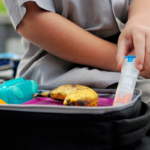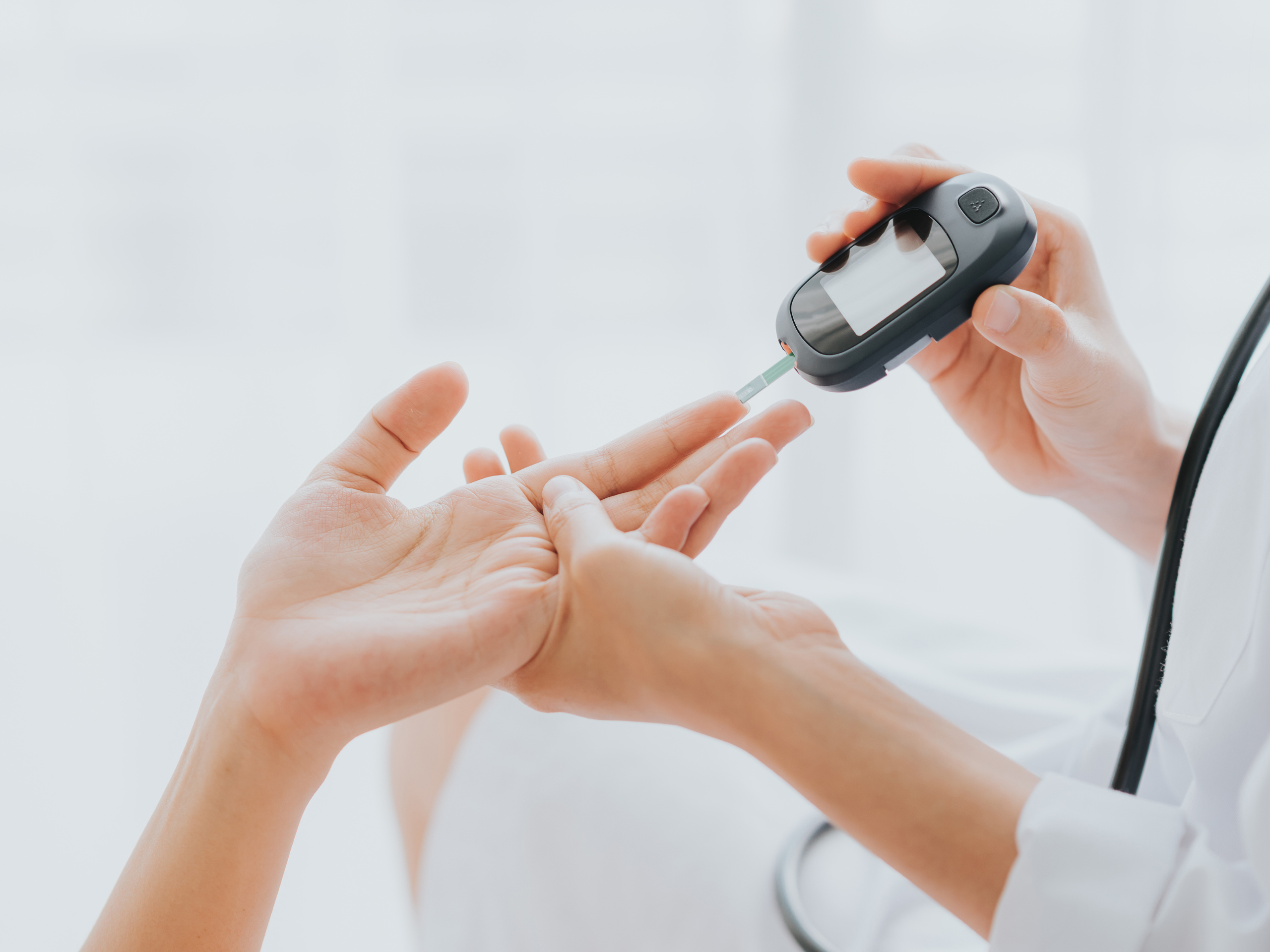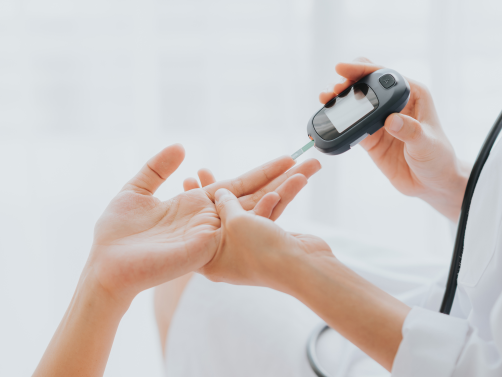A quiet coffee break turned critical in seconds.
Trauma nurse Catherine Rodwell shares how quick action—and a teaspoon of syrup—helped save a life during a sudden diabetic emergency. Whether you’re a parent, teacher, or just someone who wants to be prepared, this story is a powerful reminder of why first aid knowledge matters.
It was an ordinary morning at my favourite local coffee shop—until it wasn’t. As a trauma nurse and founder of Survival® CPR, I’ve learned to notice subtle signs that something’s off. That day, I spotted a couple at a corner table: the gentleman looked pale, beads of sweat glistened on his forehead, and he seemed to be fading in and out of awareness.
Instinct took over. I approached them and introduced myself. His partner was visibly panicked, her eyes darting around for help. I knelt beside him and calmly asked, “Do you have chest pain?” His breathing was shallow and erratic, and he was nearly unresponsive. Sensing the urgency—and drawing on my years of experience in ICU and field rescues—she whispered, “He’s diabetic.”
In diabetic emergencies, time and sugar are critical. I instructed the waiter to bring syrup (avoiding honey due to allergy risks). With careful precision, I placed half a teaspoon of syrup under his tongue. The sublingual route ensures the fastest absorption without risking aspiration, which can happen if someone is semi-conscious and tries to swallow.
While waiting, I loosened his collar and sponged his face with a damp cloth. Within moments, colour returned to his cheeks and his eyes regained focus. He blinked, then smiled with relief. A simple intervention—giving sugar—had reversed his hypoglycemic state.
Why Sugar, Not Insulin?
- Hypoglycemia vs. Hyperglycemia: You can’t tell on sight whether a diabetic’s blood sugar is too low (hypo) or too high (hyper) without testing.
- Safety First: Administering insulin to someone already low on sugar can plunge them further into danger, potentially causing loss of consciousness or worse.
- Sugar Has No Downside: If their blood sugar is high, a small amount of sugar won’t harm them, but if it’s low, it can save a life.
After he stabilized, I urged them to follow up with their doctor within the next 12–24 hours to monitor his glucose levels and adjust his management plan.
By Sister Catherine Rodwell
Founder, Survival® CPR
About the Author:
Founded in 2001 by Sister Catherine Rodwell—a seasoned trauma and ICU expert who has led medical evacuations across Africa—Survival® CPR empowers parents, nannies, childminders, teachers, and employees with life-saving skills. Catherine’s mission is to equip everyday heroes with the confidence and know-how to respond effectively in emergencies.
Feeling inspired to become the calm in a crisis?

Head Injuries in Children
The World Head Injury Awareness Day falls on March 20th every year and it looks at the number of people who suffer from a mild bump on their head to severe brain injury. The purpose of this day is to remind us of how we could reduce accidents and brain

Top tips for staying healthy
Here are some tips for parents to help keep their children healthy during the colder seasons. Practice good hygiene: Encourage your children to wash their hands frequently and cover their mouths when coughing or sneezing. This can help prevent the spread of germs and illnesses. Dress appropriately for the weather:

How CPR saves lives
Knowing CPR can save someone’s life, our trauma expert, owner and founder of Survival CPR, Sister Catherine Rodwell, explains what CPR is, who can do and why it is so important that anyone (especially those in any caregiving role such as a parent or nanny) should take a course and keep

Return to School Safely
As schools have started in January, it is important that CPR and First Aid training is in place to ensure a safe return. It is vital that the school staff receive full CPR and First Aid training and are confident and are competent and most importantly, are up-to-date with their

Are you looking to employ a Caregiver?
We provide a platform to assist employers and families with their search for qualified and professional Caregivers, (we do not employ Caregivers directly or provide home care directly.) We understand how important it is to find a suitable and qualified caregiver for your specific needs. This platform has been designed to

10 Summer Safety Tips
Holiday time is important, so that you and your family get to spend quality time together. Whether you are going away on holiday or staying at home, here are our 10 Summer Safety Tips to keeping the family safe. Make sure you have a fully stocked First Aid Kit Make

Sunburn in childhood increases the risk of developing skin cancer
Sunburn in childhood increases the risk of developing skin cancer If you help children to develop good sunscreen habits from an early age you are protecting them from skin problems later on in life. Make it part of your routine to apply sunscreen in the morning before you leave for

Home safety checklist
Home Safety is important so as to avoid accidents! Do you know how to make your home safe for your child? You may think of all the obvious dangers, but it is so important to check that your house is accident-proof for your child. For most of us, the word

First Aid Treatment for Burns
First Aid Treatment for burns, (any second degree or third degree burn requires medical attention ASAP!) Remove the person from the hazardous area. Cool down the burn site for at least 15-20 min under running water – this is the golden rule. Meat (flesh) continues to cook even when it is removed


